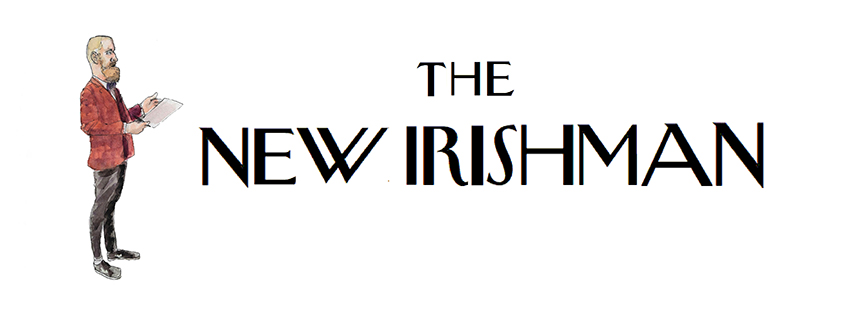 |
| The banker from the film Calvary who personifies vulgar excess and the lingering ascendency in Ireland |
November 07, 2019
The stereotype of the Irish Protestant
June 24, 2019
Two ways to view the republican movement...
And in contrast a News Letter editorial wrote:
"The Sinn Fein president Mary Lou McDonald said yesterday that the UK and Irish governments must “intervene” if the Northern Ireland talks to restore Stormont fail.
“The current stalemate cannot continue, the current position is simply not sustainable,” she said.
March 30, 2019
Ireland's "up the 'RA" problem
February 19, 2019
Ray Davey on the Civil Rights campaign in Northern Ireland
Ray Davey wrote in his book ‘Take Away This Hate’ (pp. 90-92):
"It was, as far as I could see, a time of creativity and optimism among the students that I knew best. The result was that when in the Autumn term of 1968 the whole situation suddenly changed and the academic calm was rudely shattered by protest marches and confrontation, the vast majority of students were deeply shocked and completely taken by surprise.
January 06, 2019
Ireland was never united
It was written in 1913:
"The Celtic Church no doubt had its golden age. It produced saints and men of learning. It sent out its missionaries to the heathen beyond the seas. So famous were its schools that students came to them from distant lands. But centuries before the Normans appeared in Ireland the salt had lost its savour. The Celtic Church had sunk into being a mere appendage of the wild tribes it had once tried to tame. The chiefs of one tribe would sack the colleges and shrines of another tribe as freely as they would sack any of their other possessions. For instance, the annals tell us that in the year 1100 the men of the south made a raid into Connaught and burned many churches; in 1113 Munster tribe burned many churches in Meath, one of them being full of people; in 1128 the septs of Leitrim and Cavan plundered and slew the retinue of the Bishop of Armagh; in the same year the men of Tyrone raided Down and a great number of people suffered martyrdom; four years later Kildare was invaded by raiders from Wexford, the church was burnt and many men slain; and so on with dreary monotony. Bishops and abbots fought in the incessant tribal wars as keenly as laymen. Worse still, it was not infrequent for one band of clergy to make war on another. In the ninth century, Phelim, who claimed to be both Bishop and King of Leinster, ravaged Ulster and murdered its monks and clergy. In the eleventh century the annals give an account of a fierce battle between the Bishop of Armagh and the Bishop of Clonard. Nor did time work any improvement; we read of bloody conflicts between abbots and bishops as late as the middle of the fifteenth century. What influence for good could such a church have had upon the mass of the people?"
Subscribe to:
Posts (Atom)




